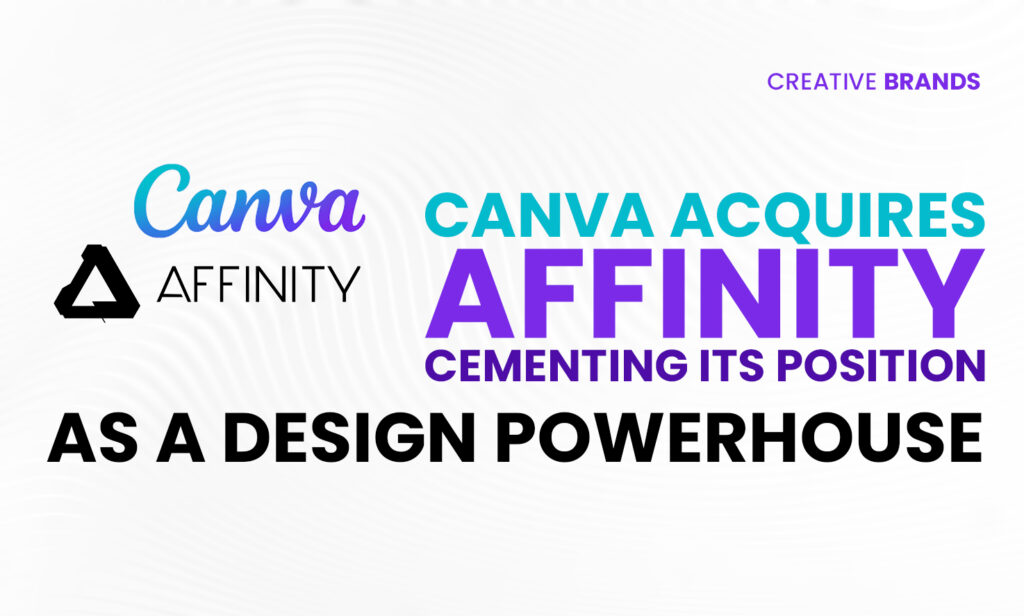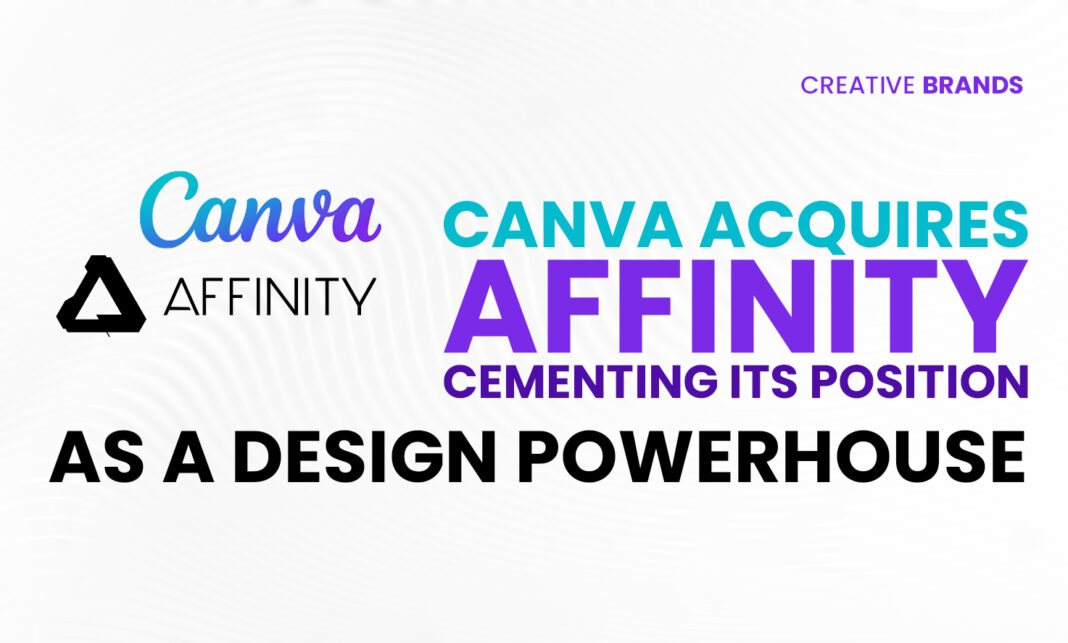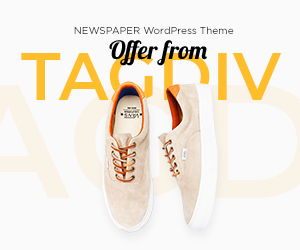Canva has acquired Affinity, the leading rival to Adobe, in a move that reshapes the global design software market. The deal brings Affinity’s professional tools like Designer, Photo, and Publisher into Canva’s ecosystem, expanding its reach from casual creators to professionals and positioning it as a formidable challenger to Adobe.

In a major move that’s set to reshape the global design software landscape, Canva has acquired Affinity — widely regarded as the most capable and polished rival to Adobe’s suite of creative tools. The acquisition brings together two of the most influential players in digital design, marking Canva’s boldest step yet toward challenging Adobe’s long-standing dominance in the creative industry.
Affinity, developed by UK-based Serif, has built a strong following among professional designers for its powerful, subscription-free tools such as Affinity Designer, Affinity Photo, and Affinity Publisher. These applications are known for offering the performance and sophistication of Adobe’s products at a one-time purchase cost — a model that has earned the company immense goodwill among independent creators, studios, and small businesses.
Canva, on the other hand, has been steadily expanding its influence since its 2013 debut in Australia. Initially known as a drag-and-drop design platform for non-designers, Canva has grown into a comprehensive visual communication suite used by more than 175 million users worldwide. Over the years, the company has introduced tools for video editing, presentations, and AI-powered content generation — all aimed at simplifying design workflows for individuals and teams alike.
The acquisition of Affinity signals a significant evolution in Canva’s strategy. While Canva has traditionally targeted everyday users seeking quick and easy design solutions, Affinity’s inclusion now gives it a direct foothold in the professional creative segment — a domain long ruled by Adobe’s Creative Cloud. The merger bridges the gap between professional-grade precision and user-friendly accessibility, potentially creating a unified ecosystem that caters to everyone from seasoned designers to social media managers.
Industry experts are calling the move a “turning point” for the design world. “This acquisition is not just about adding new software,” said one analyst. “It’s about Canva transforming from a startup challenger into a full-scale creative platform capable of taking on Adobe across every tier of the market.”
While financial terms of the deal were not disclosed, Canva’s co-founder and CEO Melanie Perkins emphasized that the acquisition aligns with the company’s long-term vision of “empowering the world to design.” In a brief statement shared on social media, Canva congratulated Affinity’s team, calling them “the biggest (and best) Adobe competitor on the market” — and expressing excitement for what lies ahead.
For Affinity’s loyal community, questions remain about what this merger will mean for pricing and product independence. Many users have voiced hope that Canva will maintain Affinity’s core values of performance, ownership, and affordability — the very principles that distinguished it from Adobe’s subscription-driven ecosystem. Canva has reportedly assured users that Affinity’s current suite will continue to operate as usual, with future updates focused on better integration and enhanced collaboration features.
This acquisition also underscores the intensifying competition in the creative software industry, particularly as AI-driven design tools become central to content creation. Adobe’s introduction of Firefly and generative AI features in Photoshop and Illustrator has redefined digital design workflows, while Canva’s rapid adoption of AI-assisted design and content creation tools has drawn millions of new users. Affinity’s integration could give Canva a unique advantage — combining its AI innovation with Affinity’s professional precision to deliver an end-to-end creative powerhouse.
Analysts believe that with Affinity under its wing, Canva is now positioned to serve the entire creative spectrum — from casual creators and educators to advertising agencies and design studios. The acquisition could also accelerate Canva’s growth in markets where Affinity already has a strong presence, especially in Europe and among professionals seeking an alternative to Adobe’s recurring costs.
As the dust settles, one thing is clear: Canva is no longer just the go-to platform for quick social media graphics and presentations. With Affinity now part of its ecosystem, Canva is setting its sights higher — toward redefining what it means to create, collaborate, and communicate visually in the digital age.
In a world where creativity fuels connection, Canva’s latest move could well mark the dawn of a new era in design — one that’s more open, inclusive, and competitive than ever before.
Discover more from Creative Brands
Subscribe to get the latest posts sent to your email.






